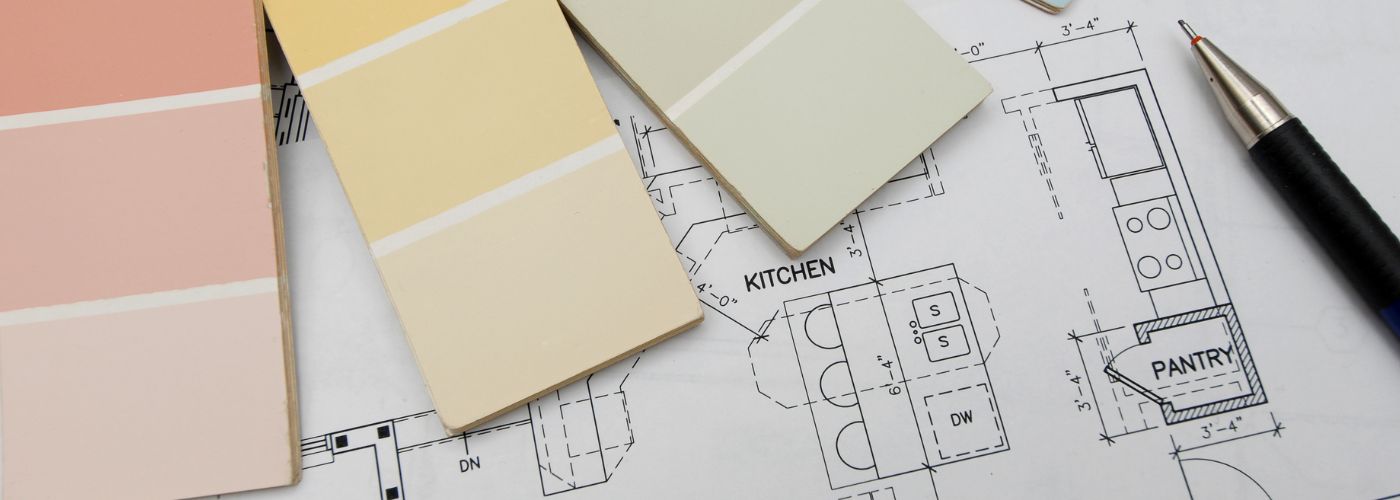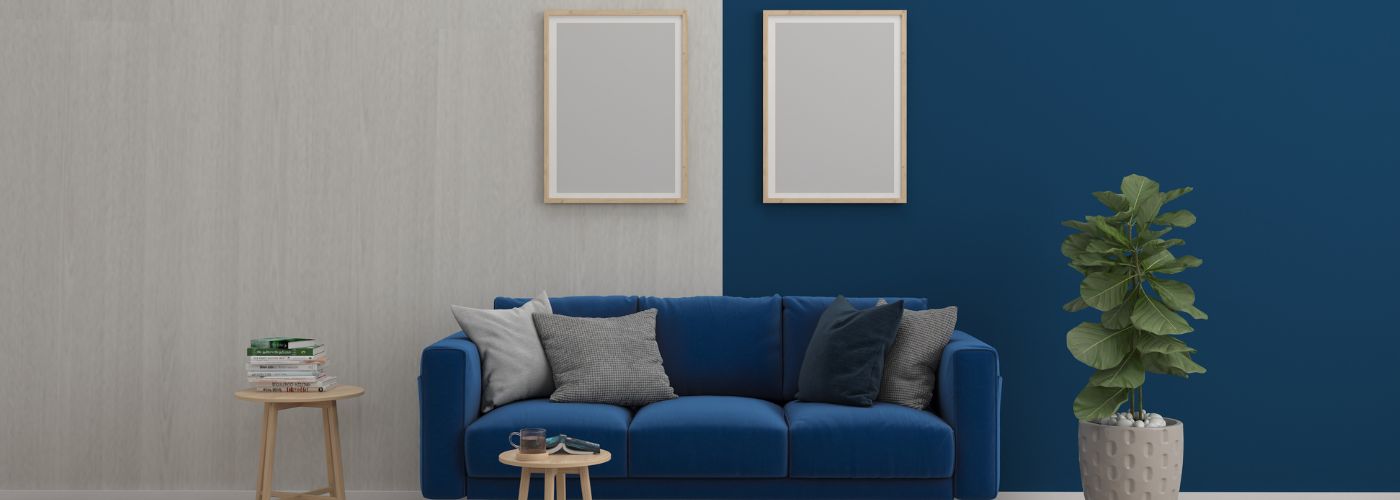Your home tells a story, from the paint you choose to the style of flooring, it all comes together to showcase what you’re personality is about. It can be quite challenging for those barely starting their journey to redesign and reinvent their home. We’ll be going over beginner interior design tips for homeowners! Let’s help you tell your home’s story.
What Is My Interior Design Style?

Your interior design style is an expression of who you are and what makes you feel comfortable and at ease in your living space. It reflects your preferences for color palettes, furniture styles, patterns, and textures.
To begin the journey of finding your style, start by looking at photos of different interiors – whether it’s on social media platforms or in magazines. Pay attention to the elements that catch your eye and make note of any recurring themes or motifs. This will help you identify patterns in what appeals most to you.
Once you have gathered a collection of inspiring images, take some time to analyze them. Look closely at the colors that stand out to you and consider whether you are drawn to vibrant, bold hues or prefer more muted, neutral tones.
Notice the furniture styles that catch your attention. Are you attracted to sleek and modern designs or do traditional and ornate pieces speak to your taste? Patterns also play a significant role in interior design, so be sure to look at every design.
What Affects Interior Design?
Interior design is a dynamic and ever-evolving field that encompasses the art and science of enhancing the interior spaces to create aesthetically pleasing and functional environments.
Various factors contribute to the creation of unique and personalized interior designs. Firstly, personal preferences play a significant role in determining the style, color scheme, and overall ambiance of a space. Individuals’ tastes are influenced by their upbringing, cultural background, lifestyle choices, and exposure to different design trends.
In addition to personal preferences, current design trends also have a profound impact on interior design. The industry is constantly evolving with new materials, colors, patterns, and styles emerging every year. Designers closely follow these trends to stay relevant and offer fresh ideas to their clients.
The popularity of sustainable design has also grown considerably in recent years as people become more environmentally conscious. Sustainable design focuses on using eco-friendly materials, reducing energy consumption, and creating spaces that have a minimal impact on the environment.
This trend has not only influenced the choices of designers but also the preferences of clients who are increasingly seeking sustainable options for their homes and offices.
Can Every Room Have A Different Theme?

Many people wonder if it’s possible to have a different theme for each room in their home. The answer is yes! In fact, having unique themes for every room can add character and charm to your space.
Whether you prefer a rustic farmhouse style in the kitchen or a sleek modern look in the living room, there’s no limit to how creative you can get.
Having different themes for each room allows you to showcase your personal style and create distinct atmospheres throughout your home. It can also help define the purpose of each space.
For instance, a vibrant tropical theme in the bedroom may promote relaxation and tranquility, while a bold industrial theme in the home office could foster productivity and creativity.
Anyone looking to create a welcoming environment in a room should to paint the room with satin, ash blue, and light yellow are some great options for welcoming colors for rooms.
It’s important understand that each room serves a function and purpose. So, do your best in harnessing those moods and energies into the room through interior design so that your maximizing its potential.
What Colors Need To Match In Interior Design?
When it comes to interior design, choosing the right colors can make all the difference in creating a harmonious and visually pleasing space. While there are no hard and fast rules, certain colors do need to match to create a cohesive look. One key aspect of color matching is ensuring that the hues you choose for your walls, window treatments, furniture, and accessories complement each other.
Firstly, it’s important to consider the undertones of each color in your design scheme. For example, if you have chosen a warm-toned beige for your walls, it would be best to pair it with furniture and accessories that also have warm undertones such as earthy browns or creamy whites. Mixing cool tones like blues or grays with warm tones can create an imbalance in the overall aesthetic.
Secondly, coordinating shades within the same color family can help tie your design together. For example, this can be done by having a specific color for your kitchen walls then match it with the kitchen countertops and backsplash. Some great colors that work together are white & black, gray & ash, and blue & navy blue.

How to Love Your Home Again
Sometimes we can feel uninspired and tiresome with the home we once loved so dearly.
Jan
Affordable Ways to Glamorize Your Home
There are many affordable ways to glamorize your home; elka Interiors & Construction is here
Jan
How to Stage Your Bathroom to Add Appeal
Home staging is a great way to incorporate an added sense of luxury and increase
Jan